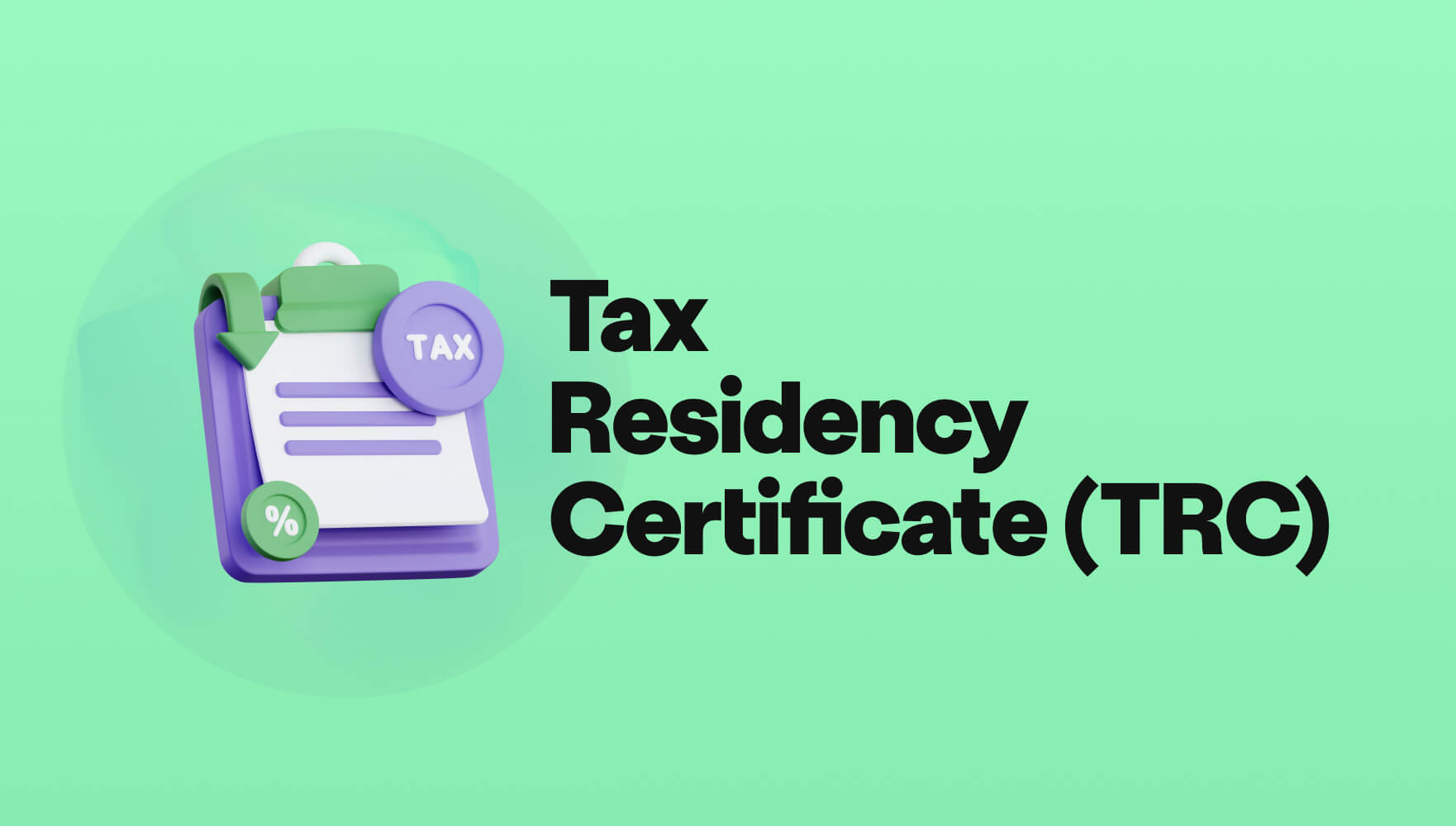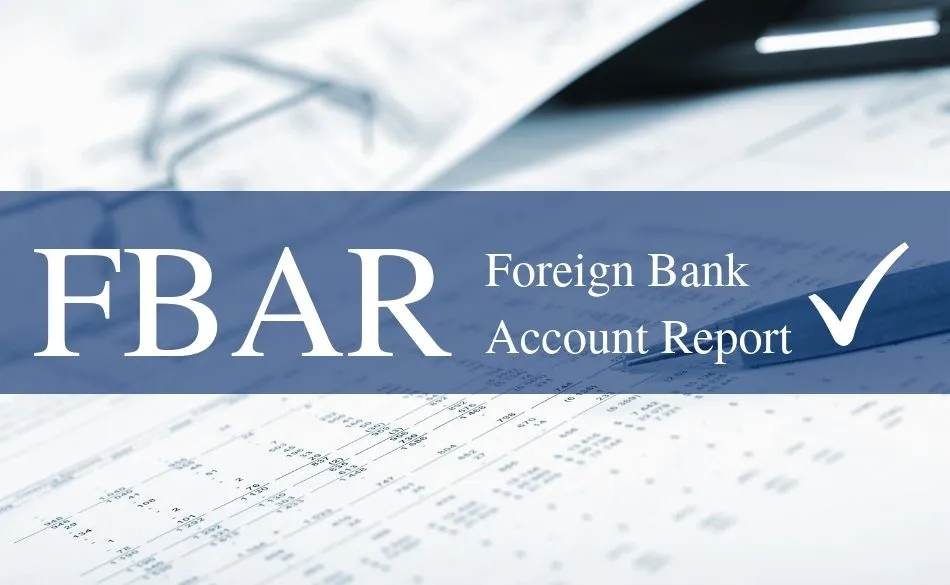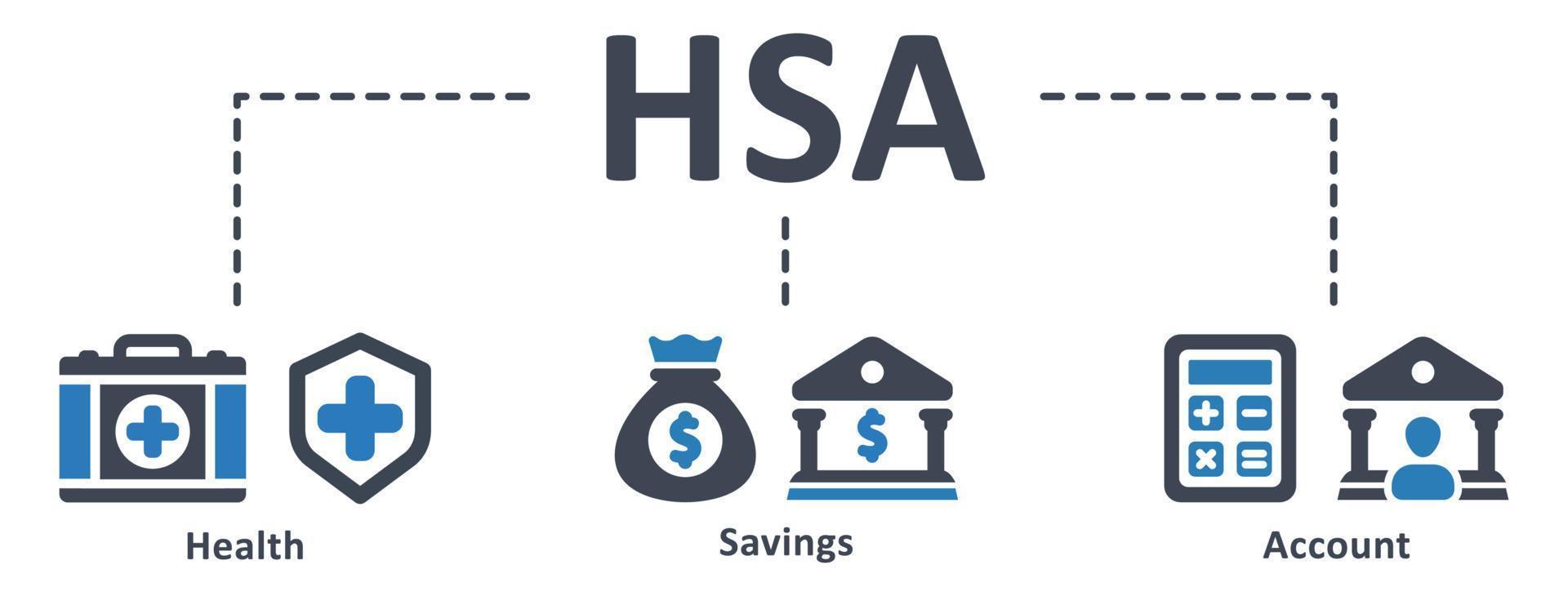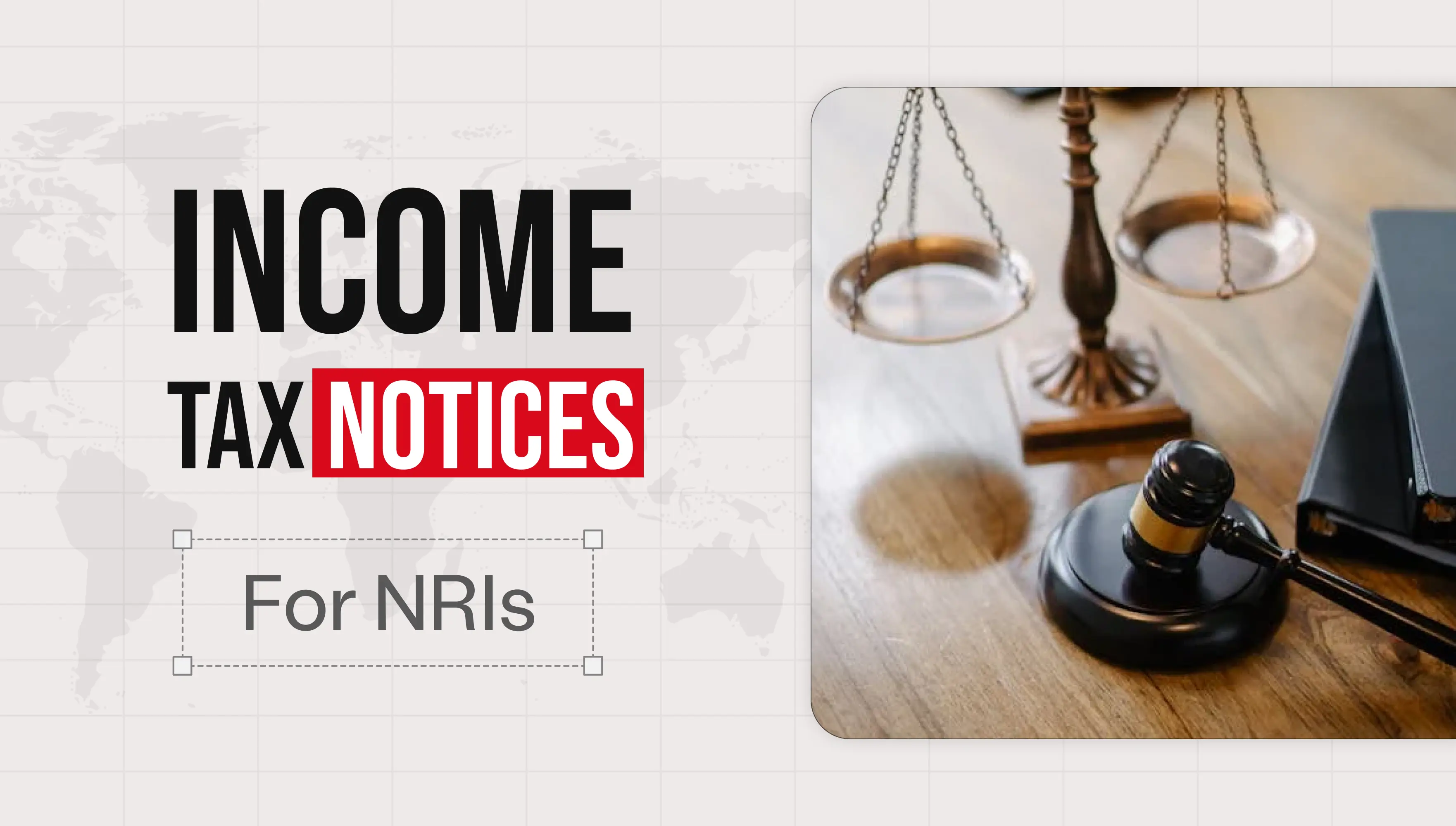As a Non-Resident Indian (NRI), understanding tax obligations is crucial to avoid paying double tax on your global income. Many NRIs face the challenge of double taxation on the same income, which can occur if you do not properly file certain forms or fail to claim relief under the Double Tax Avoidance Agreement (DTAA). This blog answers common questions and explains how NRIs can avoid double taxation by filing Form 10F and obtaining a Tax Residency Certificate (TRC).
1. What is Double Taxation and How Does it Affect NRIs?
Double taxation occurs when the same income is taxed in two different countries. NRIs who earn income in India and reside in another country could face taxation in both nations. The Double Tax Avoidance Agreement (DTAA) is designed to prevent this issue by offering tax relief to NRIs.
2. What is DTAA, and How Can NRIs Benefit from It?
The DTAA is a tax treaty signed between India and over 90 countries, including popular destinations like the USA, UK, UAE, Canada, and Australia. The treaty ensures that NRIs are not taxed twice on the same income.
Key benefits of DTAA:
Reduced tax rates on specific types of income such as dividends, interest, and royalties.
NRIs can claim relief on income earned in India, which is taxed in their resident country.
3. What Happens If NRIs Don’t Submit Form 10F and TRC?
If NRIs fail to submit Form 10F and the Tax Residency Certificate (TRC), they may lose the DTAA benefits and face higher tax rates in India. For instance, an NRI earning dividends in India may be taxed at 20% instead of the reduced 15% under the DTAA with the USA.
4. What is Form 10F and Why is it Important?
Form 10F is a declaration required by the Indian tax authorities from NRIs who want to claim tax relief under DTAA. It contains essential details like tax identification numbers, tax residency status, and income sources. Failing to submit this form can result in denial of DTAA benefits and higher taxation in India.
5. What is a Tax Residency Certificate (TRC)?
A Tax Residency Certificate (TRC) is a document issued by the tax authorities in your resident country, confirming that you are a tax resident there. This certificate is mandatory for NRIs to claim tax relief under DTAA. The TRC proves that you qualify for lower tax rates or exemptions on income earned in India under the tax treaty.
6. How Does DTAA Help NRIs Avoid Double Taxation?
Many countries, such as the USA and UK, follow residence-based taxation, meaning they tax the global income of their residents. This can lead to double taxation for NRIs. However, DTAA allows NRIs to:
Pay a reduced tax rate in India (for example, on dividends or interest).
Avoid being taxed twice on the same income by claiming relief in their resident country.
For instance, if an NRI in the USA earns dividends from Indian shares, the Indian government may withhold tax at a rate of 20%. However, under the India-USA DTAA, this rate could be reduced to 15%—provided the NRI submits Form 10F and TRC.
7. What Happens If Form 10F and TRC Are Not Submitted?
Without these documents, NRIs may face the following consequences:
Rejection of their DTAA claim.
Higher taxation in India at domestic rates, rather than the beneficial DTAA rates.
Tip for NRIs: Always ensure that Form 10F and TRC are submitted on time to claim DTAA benefits and avoid excess taxation.
8. Can NRIs Avoid Double Taxation Without Form 10F and TRC?
Yes, NRIs can still avoid double taxation even if they don't submit Form 10F and TRC by claiming a Foreign Tax Credit (FTC) in their resident country. This allows them to offset taxes paid in India against their tax liability in their resident country. For instance, an NRI in the USA can claim credit for Indian taxes paid on their US tax return.
9. When Should NRIs File Form 10F and TRC?
There’s no specific deadline for filing these forms. NRIs should file Form 10F and TRC whenever there’s a possibility of double taxation and they wish to claim DTAA benefits. It’s important to ensure these documents are uploaded to the e-filing portal when submitting your income tax return (ITR) in India.
10. What If There’s No DTAA Between India and My Resident Country?
In the absence of a DTAA, NRIs can still claim relief under Section 91 of the Indian Income Tax Act, which provides unilateral tax relief. To claim this relief:
The income must be taxed in both India and the foreign country.
The foreign tax system must be comparable to India’s.
This relief helps NRIs reduce their overall tax burden, even without a DTAA treaty.
11. Key Takeaways for NRIs to Avoid Double Taxation
Submit Form 10F and TRC to claim reduced tax rates under DTAA.
If these forms are not submitted, claim a Foreign Tax Credit in your resident country to avoid double taxation.
Ensure you understand the benefits of Section 90 (bilateral relief) and Section 91 (unilateral relief) to reduce tax liability.
By following these steps, NRIs can avoid double taxation and make the most of tax reliefs offered under DTAA agreements.
 WhatsApp
WhatsApp
 Call Us
Call Us
 Email Us
Email Us
 Whatsapp Community
Whatsapp Community







